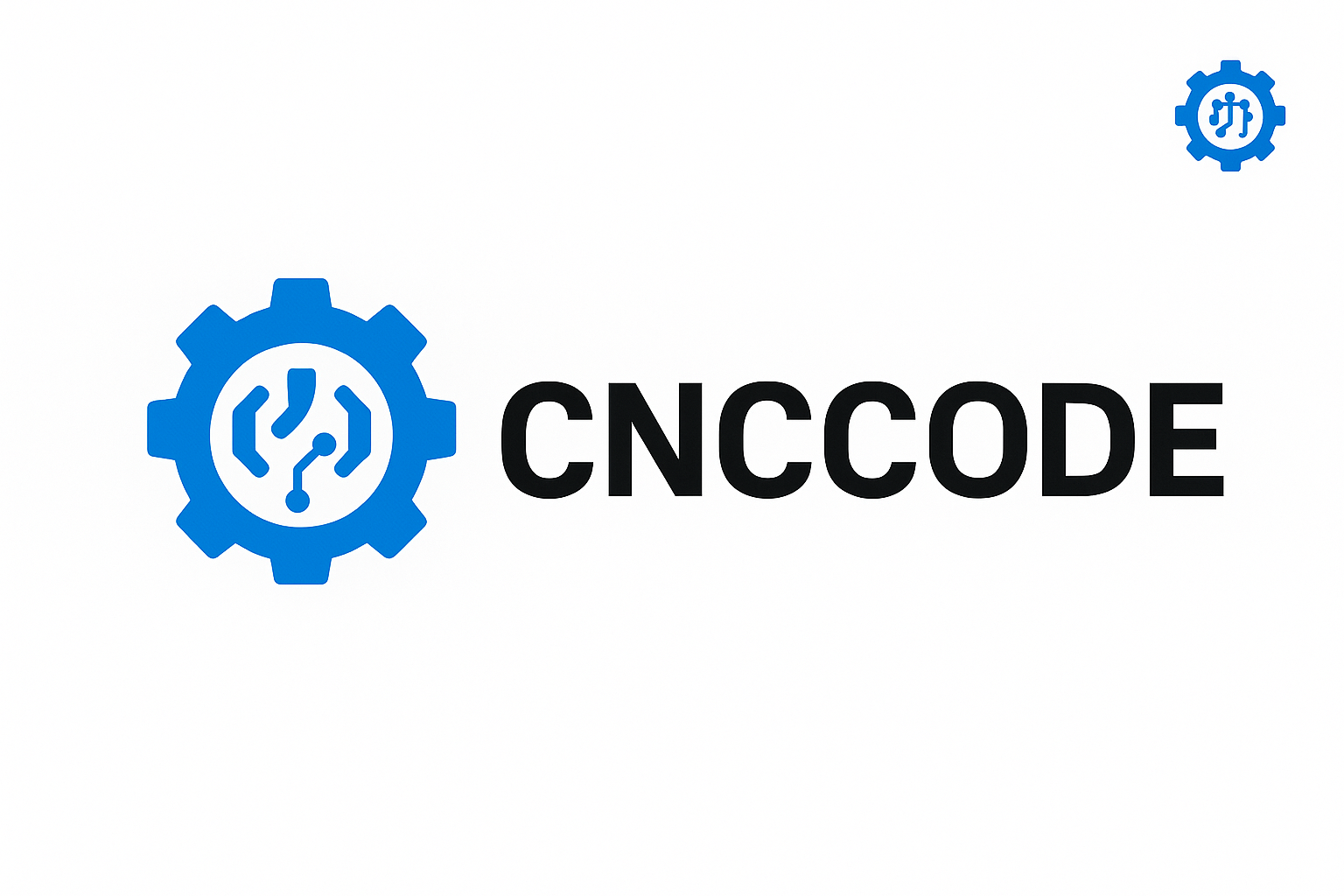🔍 Introduction
Choosing your first (or next) CNC machine can be overwhelming. With hundreds of options — routers, mills, lasers, hybrids, and more — how do you know which one truly fits your needs?
In this ultimate buyer’s guide, we’ll walk you through everything you should consider, beyond the manufacturer’s marketing talk. From machine types and tolerances to hidden costs and long-term scalability — this is the blog that turns confusion into clarity.
📚 Table of Contents
- What Is a CNC Machine? (Quick Recap)
- Key CNC Machine Types Explained
- Industrial vs Desktop CNCs: Which Do You Need?
- Materials You Plan to Cut Matter More Than You Think
- Don’t Ignore Spindle Power & RPM
- The Importance of Controller Compatibility
- Closed-loop vs Open-loop Stepper Systems
- Software Ecosystem: CAM/CAD Support
- Maintenance, Upgrades & Modularity
- Final Decision Checklist
- Where to Buy + Trusted Brands
🔧 1. What Is a CNC Machine?
CNC (Computer Numerical Control) machines automate machining processes like cutting, milling, routing, or engraving. Controlled via G-code, they bring precision and repeatability to manufacturing, prototyping, and even hobbyist projects.
🛠️ 2. Key CNC Machine Types
- CNC Router: Best for woodworking, plastics, and soft metals.
- CNC Mill: Stronger, better for steel and aluminum.
- Laser Cutter: Ideal for engraving and light cutting.
- CNC Lathe: For parts that rotate — shafts, rods, etc.
- Plasma Cutter: Fast for metal sheets.
- Hybrid Machines (Laser + Spindle): Offer flexibility but sacrifice specialization.
⚔️ 3. Industrial vs Desktop CNC
| Feature | Desktop CNC | Industrial CNC |
|---|---|---|
| Price | $500 – $5000 | $10,000+ |
| Footprint | Compact | Large |
| Accuracy | Medium | High |
| Material Compatibility | Limited | Broad |
| Speed | Slower | Faster |
| Maintenance | DIY | Professional |
Ask yourself: Are you prototyping or mass-producing?
🧱 4. Know Your Materials
Every machine isn’t suitable for every material.
| Material | Suitable Machine |
|---|---|
| Wood | Router, Mill |
| Aluminum | Mill (Rigid), Router (Slow) |
| Steel | Only Heavy-Duty Mill |
| Acrylic | Router, Laser |
| Foam | Router |
| Carbon Fiber | High-Speed Mill |
💨 5. Spindle Power & RPM
More power isn’t always better. Look for:
- Power (Watts or HP): More important for metals.
- RPM Range: High RPM for soft materials, lower for metals.
- Collet Size: Determines what tools you can use.
🧠 6. Controller Compatibility
Is the machine GRBL-compatible? Does it support Mach3, Mach4, or proprietary systems?
Make sure your CAM software supports your controller!
🔁 7. Closed-Loop vs Open-Loop
- Open-loop: Cheaper, but can lose steps.
- Closed-loop: Monitors position, avoids skips.
If precision is critical, closed-loop is worth the investment.
💻 8. Software Ecosystem
Make sure your workflow is covered:
- CAD Software: Fusion 360, SolidWorks, FreeCAD
- CAM Software: Carbide Create, VCarve, Machining Strategist
- Controller Software: GRBL, UGS, Mach3
🔧 9. Maintenance, Upgrades & Modularity
Choose a machine that:
- Uses standard rails, spindles, and electronics
- Can grow with your skills (add 4th axis, dust shoe, etc.)
- Has a strong online community and support ecosystem
📋 10. Final CNC Buyer Checklist
✅ Know your main material
✅ Set a realistic budget (machine + tooling + software)
✅ Check rigidity, travel size, spindle power
✅ Validate community support
✅ Prioritize upgrade paths over fancy features
🏷️ 11. Trusted CNC Brands (Beginner to Pro)
- Entry Level: Sainsmart Genmitsu, FoxAlien
- Mid Range: Shapeoko, X-Carve, BobsCNC
- Pro Level: Tormach, Haas, Avid CNC, Datron
🎯 Conclusion
Don’t let the specs and buzzwords fool you. Choosing the right CNC machine is about matching capability with your long-term goals. Ask yourself what you plan to build — not just what you want to buy.
A well-chosen CNC machine becomes more than a tool — it becomes your business partner, your creative outlet, and your competitive advantage.

Leave a comment